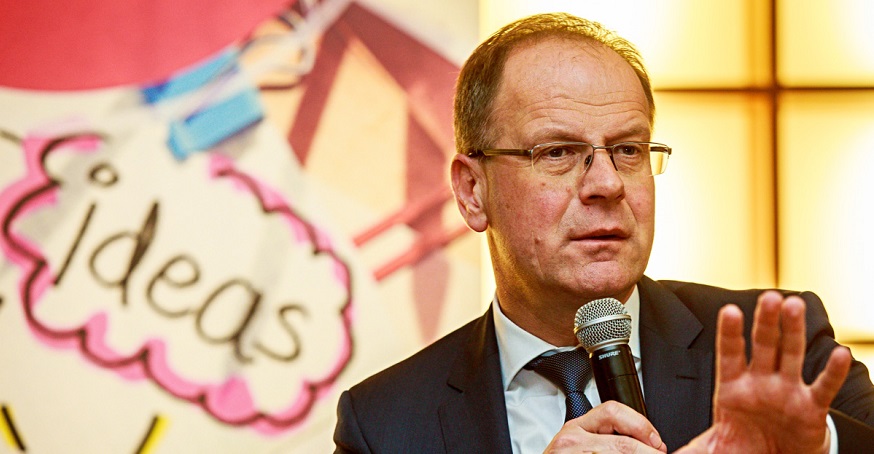EIT is truly unique - Interview with Commissioner Tibor Navracsics

The EIT interviewed EU Commissioner Tibor Navracsics.
What contribution does the European Institute of Innovation and Technology (EIT) make to boosting innovation in Europe?
The European Institute of Innovation and Technology (EIT) makes a contribution that is truly unique. It is not just a programme funding research and innovation for the delivery of products to the market. If that were the case, it could quite simply be part of another programme pursuing that goal. No, for me, the EIT is special because it brings into play the knowledge triangle of education, business and research to support Europe's entrepreneurs and innovators – and train the next generation. And it is doing this through dynamic, cross-border partnerships - the Knowledge and Innovation Communities (KICs) - focusing on some of the most important challenges facing our societies today – health, food security, clean energy, digitisation, climate action and raw materials.
What does that mean in more concrete terms?
Well, it means that if Europe is to be innovative, we need to do more than merely fund breakthrough innovation. We also have to bring entrepreneurship into education. We need to teach more than just maths and science. We need to show students that by applying their knowledge and imagination, they have the power to create and innovate and in so doing help shape the world. Young people need to understand that designing how something looks, sounds or feels is part of a process which usually involves teams of people. In this respect, the EIT is playing an important role in bringing together young excellent students from different disciplines and allowing them to develop their ideas working with major firms, innovative NGOs and the best research labs. The EIT is helping young innovators to set up their first businesses and has already helped to create hundreds of start-ups and thousands of study places. The High Level Group has provided some excellent suggestions on how the EIT can pursue this mission even more effectively.
Looking to the future, how do you see the EIT evolving in the years to come?
I think for the EIT, the focus in the next years should be to continue demonstrating its societal impact. This will be critical. The EIT can make a real difference in people's lives, but we have to be able to show that it does so. As we prepare the EIT's next Strategic Innovation Agenda for the period 2021-2027, we must keep in mind the point of view of the European citizen. We need to ask ourselves the question: what benefits will the EIT and its KICs bring to students, universities, businesses? The High Level Group's report has provided recommendations in this regard and I think that if we can maintain this focus, I see a bright future for the EIT. Making the most of its very specific mission and set-up, it can work very effectively alongside other innovation initiatives, such as the SMEs instrument and the new European Innovation Council.
Catch up with the latest news from the EIT Community in the Newsroom.
Subscribe to the EIT Newsletter to get the best of the EIT Community's news in your inbox once each month.



 Share this page
Share this page


